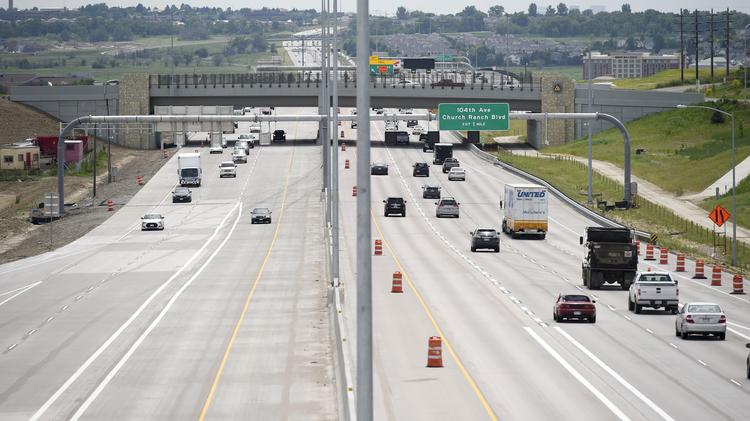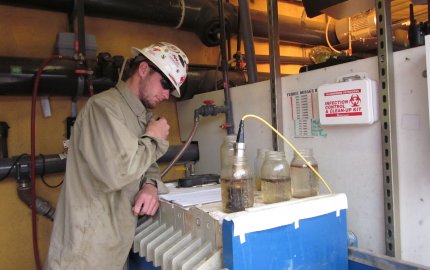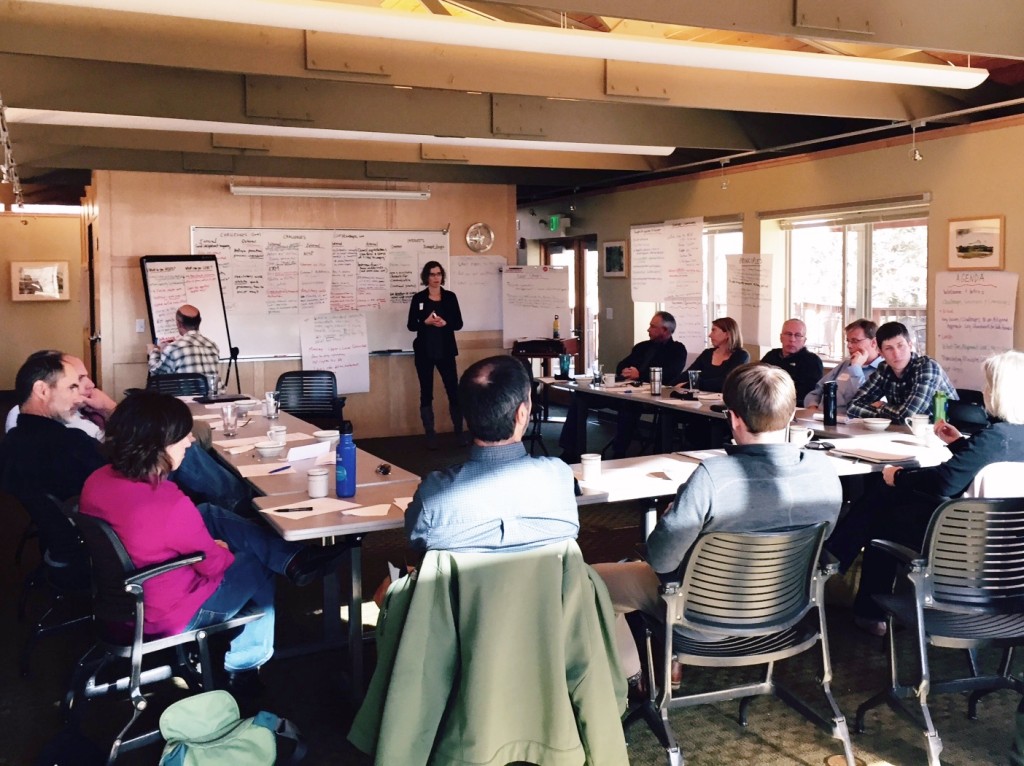
The US 36 corridor between Denver and Boulder is currently under construction based on consensus reached between transportation agencies and the local communities. Soon commuters will have 18 miles of new infrastructure improvements providing travel options including a new bus rapid transit system, a corridor-wide bikeway, high occupancy toll lanes and improvements to the general purpose lanes. The current travel disruption was preceded by the environmental study led by the Colorado Department of Transportation and Regional Transportation District of Denver from 2003 to 2009.
The challenge:
The US 36 Preferred Alternative Committee (PAC) was charged with developing a recommendation to federal agencies for an implementable solution after a Preferred Alternative was still unidentified at the Draft Environmental Impact Statement (EIS) phase after four years.
What we did:
CDR Associates facilitated the PAC which consisted of elected officials, federal and state regulatory agency representatives and local government technical staff.
How we did it:
CDR facilitators used a ‘building block’ approach to assemble an agreement on the Preferred Alternative, including both substantive agreements (type/number of lanes etc…) as well as procedural approaches and triggers for future consideration. The result of the collaborative decision making process was regional consensus that resolved the issues and identified a Preferred Alternative including strategies and priorities for implementing the $300 million project you see today.
The results:
The US 36 EIS also incorporated meaningful input from the broader public into the decisions. The dynamic public involvement process solicited input from the stakeholders throughout five counties and seven municipalities in an area of a half million people to support the PAC’s decisions.
We are proud of our role in helping provide transportation improvements in our beautiful home in Colorado. For more information, contact Andrea Meneghel.





